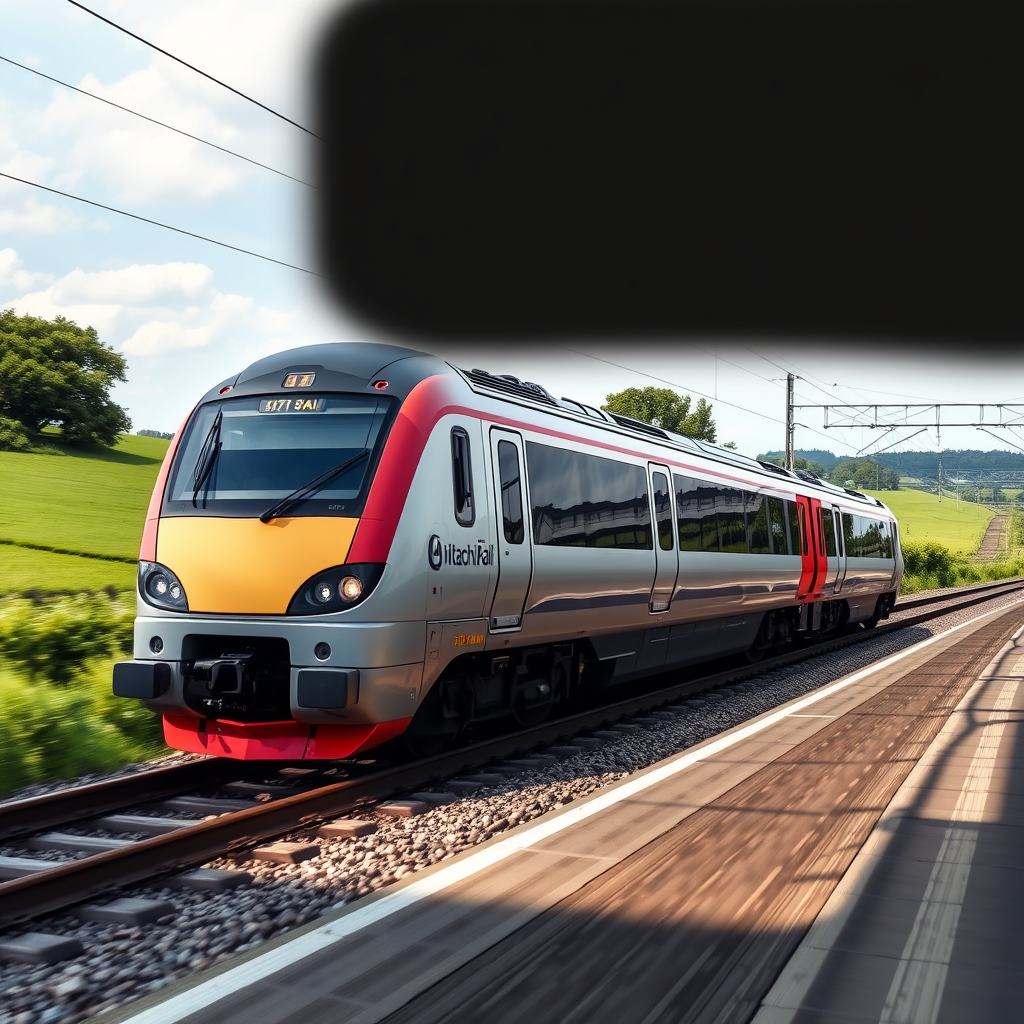Isaka-Kigali SGR: Transforming East Africa’s Trade
The Isaka-Kigali Standard Gauge Railway: Transforming East African trade with a $2.5 billion investment. Learn how this ambitious project is connecting nations and boosting economies!

Accelerating Regional Integration: The Isaka-Kigali Standard Gauge Railway
The development of robust and efficient transportation networks is crucial for fostering economic growth and regional integration in East Africa. This article examines the Isaka-Kigali Standard Gauge Railway (SGR) project, a vital cross-border initiative connecting Rwanda and Tanzania. This ambitious undertaking promises to revolutionize freight transport, reduce costs, and unlock significant economic potential for both nations and the wider East African Community (EAC). The project’s complexities, including financing, infrastructure development, and operational considerations, will be explored in detail. The potential benefits, as well as the challenges involved in bringing this significant infrastructure project to fruition, will be analyzed, shedding light on the collaborative efforts required for successful implementation and regional economic growth. The ultimate success of the Isaka-Kigali SGR hinges on effective collaboration, transparent financial management, and a commitment to sustainable development practices.
Project Scope and Significance
The Isaka-Kigali SGR, spanning approximately 400 kilometers, aims to connect Isaka, Tanzania, to Kigali, Rwanda. This connection is transformative for landlocked Rwanda, providing direct access to the crucial port of Dar es Salaam. Currently, Rwanda relies heavily on road transport, leading to higher transportation costs, longer transit times, and limited capacity. The SGR will significantly alleviate these constraints, facilitating the efficient movement of goods to and from the port, thereby boosting trade and economic activity. Moreover, this railway will act as a vital artery for trade with neighboring countries such as Burundi and the Democratic Republic of Congo (DRC), enhancing regional integration and fostering greater economic interdependence.
Financial Considerations and Funding Mechanisms
The project’s estimated cost is a substantial $2.5 billion, with Tanzania and Rwanda contributing $1.3 billion and $1.2 billion respectively. Securing this funding is a major hurdle. The exploration of various financing options, including potential contributions from multilateral development banks such as the African Development Bank (AfDB), is critical. Transparency and accountability in financial management will be essential to ensure the efficient allocation of resources and the project’s successful completion. A well-defined financial plan, outlining cost breakdowns, funding sources, and risk mitigation strategies, is crucial for attracting investors and securing the necessary capital.
Technical and Infrastructure Challenges
The construction and operation of the SGR present significant technical challenges. These include navigating varied terrain, acquiring land rights, ensuring environmental protection, and implementing stringent safety standards. The project requires meticulous planning, advanced engineering expertise, and adherence to international best practices in railway construction. Furthermore, ensuring the long-term sustainability of the railway through proper maintenance and operational efficiency is crucial. The integration of advanced technologies and innovative solutions will help maximize operational efficiency and minimize maintenance costs. Robust quality control and rigorous safety audits are essential throughout the construction and operational phases.
Regional Cooperation and Policy Frameworks
The success of the Isaka-Kigali SGR hinges on strong regional cooperation between Rwanda and Tanzania. This collaboration extends beyond the construction phase to encompass operational matters, including customs procedures, border crossing regulations, and harmonization of railway standards. Clear, well-defined policies and agreements are needed to facilitate efficient cross-border operations and minimize bureaucratic hurdles. Regular consultations, transparent communication, and a joint commitment to addressing potential challenges are fundamental for ensuring project success. The SGR’s success will serve as a model for future cross-border infrastructure projects in the region, demonstrating the benefits of regional cooperation and collaborative investment.
Conclusions
The Isaka-Kigali Standard Gauge Railway represents a significant investment in East Africa’s infrastructure development and its potential to foster economic growth and regional integration is undeniable. This project offers Rwanda crucial access to the port of Dar es Salaam, significantly improving its trade capabilities and reducing reliance on expensive and often unreliable road transport. The project’s financial viability necessitates a robust and transparent funding strategy, which includes exploring multiple avenues, such as contributions from multilateral development banks and potentially private sector investment. Successful implementation requires meticulous planning and overcoming significant technical challenges through rigorous engineering, sustainable practices and high standards of quality control. The emphasis on regional cooperation between Rwanda and Tanzania is paramount, requiring clearly defined policies, streamlined cross-border operations, and a shared commitment to addressing potential obstacles. The long-term success of the Isaka-Kigali SGR depends on ongoing collaboration, efficient management, and a shared vision of sustainable economic development for the benefit of both nations and the wider East African Community. The project’s success will serve as a powerful example of how collaborative infrastructure investment can drive economic growth and foster stronger regional ties within East Africa. The lessons learned from this venture will be invaluable in shaping future large-scale infrastructure projects across the continent.


